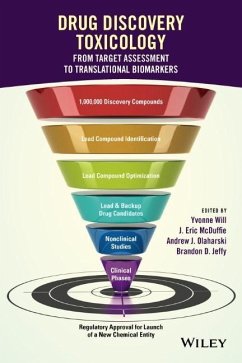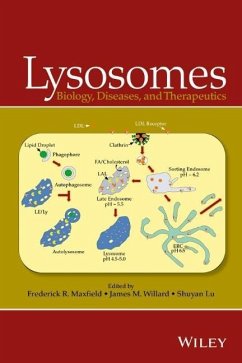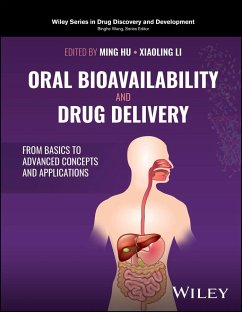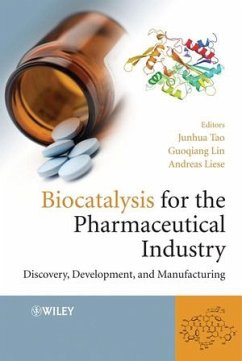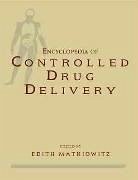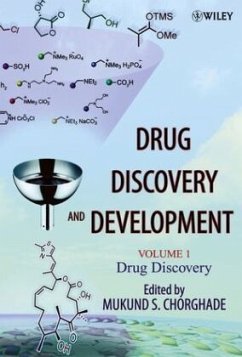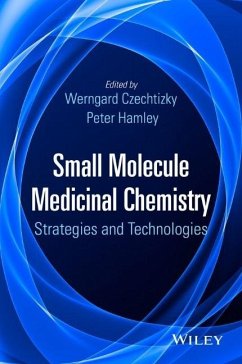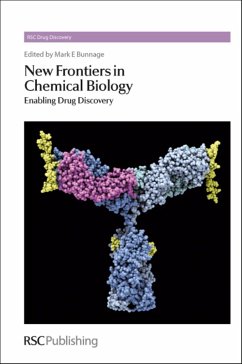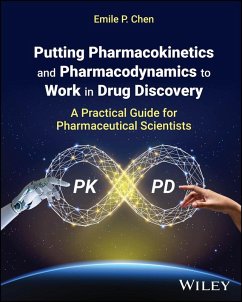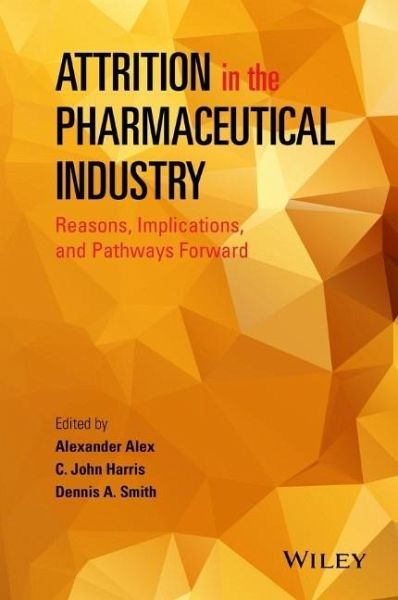
Attrition in the Pharmaceutical Industry
Reasons, Implications, and Pathways Forward
Versandkostenfrei!
Versandfertig in über 4 Wochen
136,99 €
inkl. MwSt.
Weitere Ausgaben:

PAYBACK Punkte
68 °P sammeln!
With a focus on case studies of R&D programs in a variety of disease areas, the book highlights fundamental productivity issues the pharmaceutical industry has been facing and explores potential ways of improving research effectiveness and efficiency. * Takes a comprehensive and holistic approach to the problems and potential solutions to drug compound attrition * Tackles a problem that adds billions of dollars to drug development programs and health care costs * Guides discovery and development scientists through R&D stages, teaching requirements and reasons why drugs can fail * Discusses pot...
With a focus on case studies of R&D programs in a variety of disease areas, the book highlights fundamental productivity issues the pharmaceutical industry has been facing and explores potential ways of improving research effectiveness and efficiency. * Takes a comprehensive and holistic approach to the problems and potential solutions to drug compound attrition * Tackles a problem that adds billions of dollars to drug development programs and health care costs * Guides discovery and development scientists through R&D stages, teaching requirements and reasons why drugs can fail * Discusses potential ways forward utilizing new approaches and opportunities to reduce attrition




